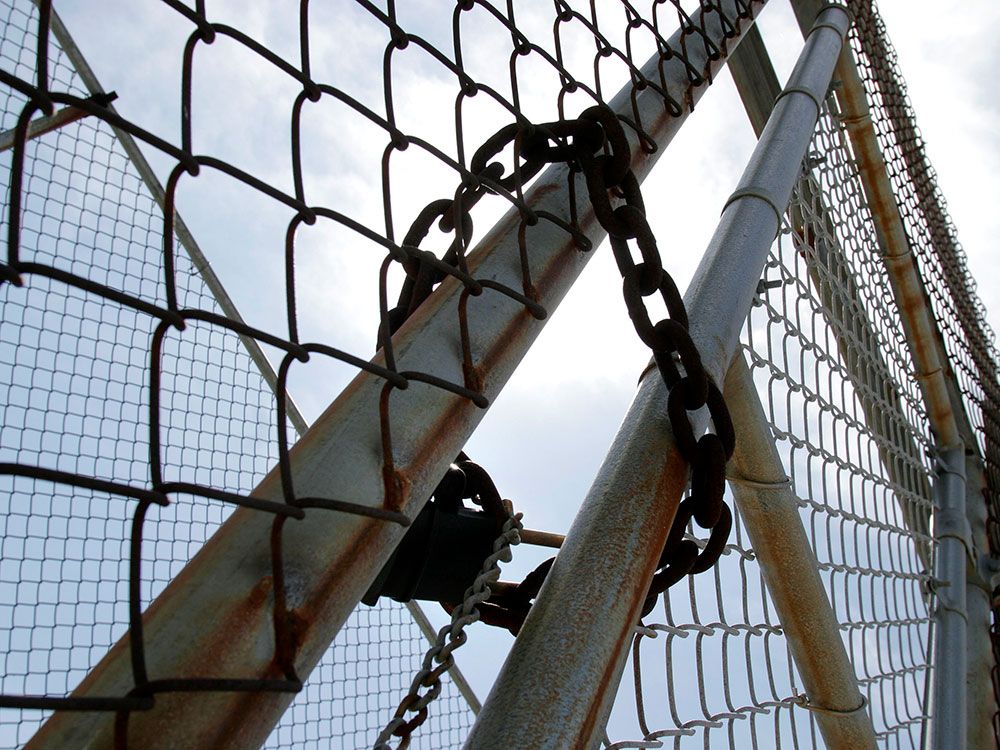GDP may have shrunk over the past two quarters. What does that mean for the economy and the Bank of Canada?
Article content
Canada’s economy shrank in the second quarter and recent readings showed it may have contracted again in the third, prompting plenty of the talk that the country could be entering — or already in — a “technical recession.” But what exactly does that term mean and how does it differ from a full-fledged recession? The Financial Post’s Ian Vandaelle explains.
What exactly is a ‘technical recession’?
Article content
Advertisement 2
Article content
The technical definition of a recession, in its simplest terms, is two consecutive quarters of contracting economic output. If GDP declines for two straight quarters, then, “technically” speaking, we are in a recession. This definition, however, doesn’t discriminate when it comes to the depth or breadth of the contraction: two consecutive quarters of negative 0.1 per cent growth and two straight quarters of, say, negative three per cent growth, both meet the definition, but the latter scenario would be much more painful and noticeable. We usually hear the term “technical recession” more often when the declines are small and the downturn is not expected to be too painful.
What turns a technical recession into a full-blown recession?
The C.D. Howe Business Cycle Council — which is an authority on recessions in Canada — says a downturn turns into a recession “if there is, broadly speaking, a pronounced, persistent, and pervasive decline in aggregate economic activity.” In other words, the questions to ask are: how deep is the drop in output, how long does it last and how many sectors does it impact?
Article content
Advertisement 3
Article content
Significant recessions are usually marked by relatively large contractions in GDP, as cost-cutting across the economy and job losses have a cascading effect on economic activity. On the jobs front, a pronounced uptick in the unemployment rate can be expected during recessions. According to data compiled by TD Economics, the unemployment rate has increased by an average of four percentage points from trough to peak over the course of the last six recessions.
But we aren’t seeing much of that yet in the current slowdown. The unemployment rate is up just seven-tenths of a percentage point to 5.7 per cent and the contraction has been shallow: down 0.2 per cent on an annualized basis in the second quarter, and a forecast for a 0.1 per cent drop in the third quarter. That, along with the short duration thus far — just the two quarters — and the lack of breadth in the drop in output (eight of 20 sectors tracked saw growth in the August GDP numbers) means convincing the BCC that we are in a recession may be tough, even if conditions meet the letter of the law.
So, technically speaking, are we in a recession?
Advertisement 4
Article content
This is where things start to get complicated. GDP numbers are a lagging indicator — in this case, while we have an early estimate on economic output for September, we won’t actually see what went down until the next report at the end of November. The figures are also prone to revision as more information comes to light — you’ll often see minor changes in the headline figure going back as much as three months, so it’s entirely possible for Canada to have exited a technical recession before we have even confirmed we are in one. There can also be a certain amount of lumpiness when you slice things into arbitrary quarters: weird things happen, such as this year’s wildfires (which the Bank of Canada figures wiped 0.5 per cent off second-quarter GDP), or the widespread strikes in the third quarter.
The bottom line is that growth has been weak, but not weak enough to merit the recession label in any genuine sense.
“Controlling for just two of the transitory shocks (wildfires and strikes) would suggest the economy has yet to post a quarterly contraction,” Scotiabank Economics vice-president Derek Holt wrote in a note to clients Oct. 31. “Then we would need to control for the effects of droughts in parts of the country and extreme wetness in other parts.”
Advertisement 5
Article content
In any case, whether it’s a technical recession or merely an economic slowdown, it does give the Bank of Canada occasion to breathe a sigh of relief.
Related Stories
Why would the Bank of Canada be relieved by this?
Long story short, it’s an indication the central bank’s rate hiking cycle is having the desired effect. The bank has been increasing rates in order to take some of the heat out of the domestic economy — higher rates reduced the demand for borrowing, which in turn reduces consumption, which eases inflationary pressures as fewer dollars chase the same number of goods. The central bank has increased its benchmark rate to a full five per cent from the pandemic lows of 0.25 per cent in this pursuit, and while the bank won’t explicitly say it’s looking for a recession, that is the outcome that would traditionally follow such a dramatic hike in rates.
• Email: IVandaelle@postmedia.com
Bookmark our website and support our journalism: Don’t miss the business news you need to know — add financialpost.com to your bookmarks and sign up for our newsletters here.
Article content
What would a technical recession mean to Canada?
2023-11-06 18:44:06






Comments
Postmedia is committed to maintaining a lively but civil forum for discussion and encourage all readers to share their views on our articles. Comments may take up to an hour for moderation before appearing on the site. We ask you to keep your comments relevant and respectful. We have enabled email notifications—you will now receive an email if you receive a reply to your comment, there is an update to a comment thread you follow or if a user you follow comments. Visit our Community Guidelines for more information and details on how to adjust your email settings.